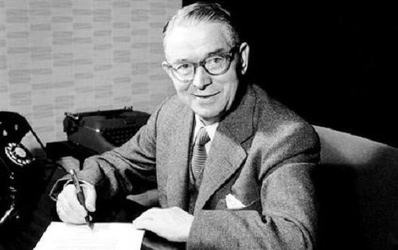Building Blocks Of History

The story of LEGO, a simple yet ingenious invention, is not just a tale of a successful business but a narrative that intertwines with the development of creativity, education, and innovation in modern society. The LEGO Group, founded in 1932 by Ole Kirk Christiansen in Billund, Denmark, began as a small carpenter’s workshop. However, it was the transition from wooden toys to plastic interlocking bricks in the late 1940s and early 1950s that marked the genesis of LEGO as we know it today. The name ‘LEGO’ is derived from the Danish words “leg godt,” meaning “play well,” a philosophy that continues to guide the company.
The original LEGO brick, patented in 1958, set the foundation for one of the most popular and enduring toys in history. This simple yet versatile design allowed for a high degree of connectivity and strength, enabling endless possibilities for construction and creativity. The bricks’ uniformity and compatibility, even with those produced today, speak to the company’s commitment to quality and long-term value.
LEGO’s importance in society transcends its role as a toy. Its impact on education, creativity, and even therapeutic applications is profound. In educational settings, LEGO has been instrumental in the development of STEM (Science, Technology, Engineering, and Mathematics) skills among children. The hands-on, minds-on approach fostered by LEGO play encourages problem-solving, spatial awareness, and fine motor skills. It also promotes a sense of accomplishment and confidence in young builders.
Moreover, LEGO has evolved to keep pace with technological advancements. The introduction of product lines like LEGO Technic and LEGO Mindstorms blended traditional brick-building with robotics and programming, offering children and adults alike a gateway into more complex engineering and computational concepts. This integration of play and learning embodies the concept of ‘edutainment’, where education is seamlessly blended with entertainment.
LEGO’s influence extends into the realm of creativity and art. It has become a medium for artistic expression, with artists and hobbyists creating intricate sculptures and replicas of famous landmarks, often displayed in exhibitions and art galleries. This artistic dimension underscores LEGO’s appeal to all ages, fostering a unique community of enthusiasts and collectors.
The cultural impact of LEGO is also evident in its expansion into other media. The LEGO movie franchise, video games, and theme parks not only serve as entertainment but also as tools for storytelling and imagination, further cementing the brand’s presence in popular culture.
In terms of social impact, LEGO has played a significant role in promoting inclusivity and diversity. The company’s efforts to depict a wide range of cultures, professions, and abilities in its sets reflect a commitment to representing and inspiring every child. Additionally, LEGO’s serious play methodology is used in corporate and educational settings to enhance communication, creativity, and problem-solving skills among teams.
LEGO’s journey has not been without challenges. The company faced a significant financial crisis in the early 2000s, brought on by over-diversification and a loss of focus on its core product. However, a successful turnaround strategy that involved refocusing on the brick, expanding licensing agreements (notably with franchises like Star Wars and Harry Potter), and streamlining operations, brought LEGO back to profitability and growth.
In conclusion, the history of LEGO is more than a success story of a toy brand; it is a testament to the power of creativity and imagination. LEGO has become an integral part of our social fabric, influencing education, art, culture, and even business practices. Its enduring appeal across generations and its ability to adapt to changing times while staying true to its core values of quality, creativity, and playfulness, make LEGO not just a toy but a tool for learning, expression, and innovation. As society continues to evolve, LEGO remains a beacon of the timeless joy of building and the endless potential of the human imagination

